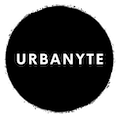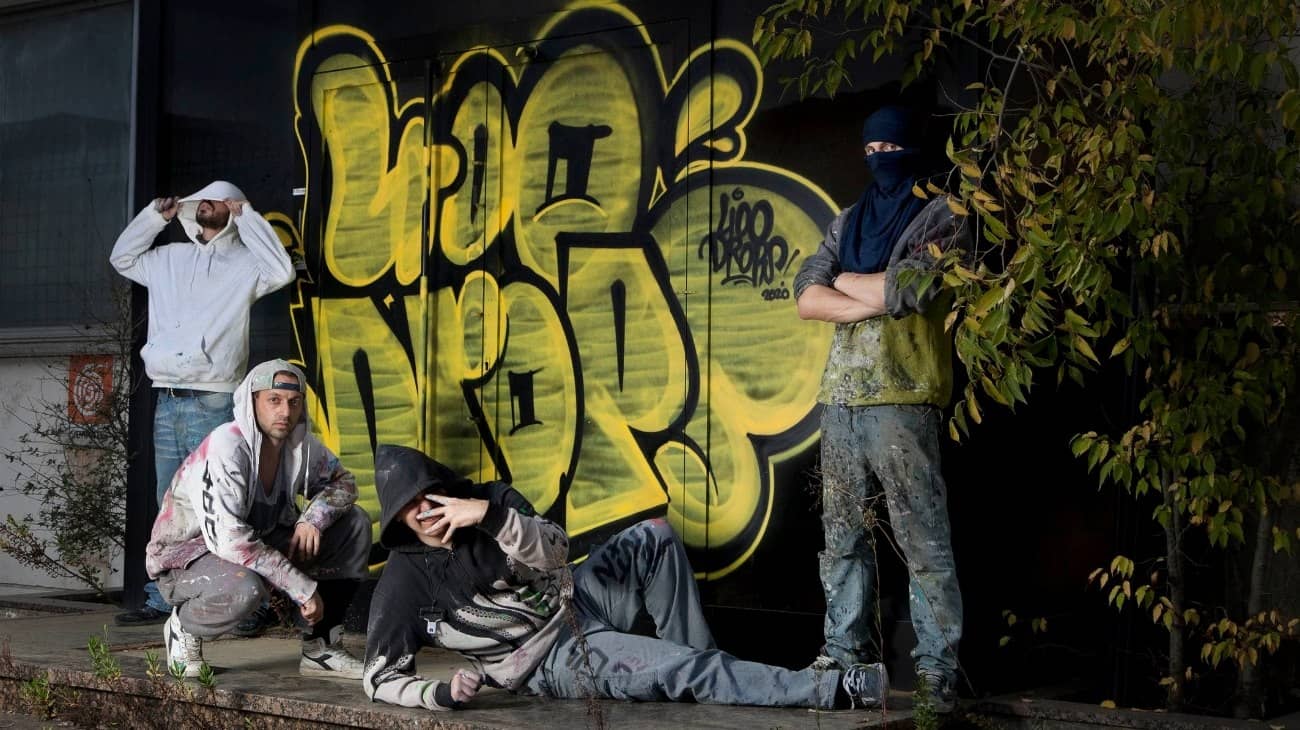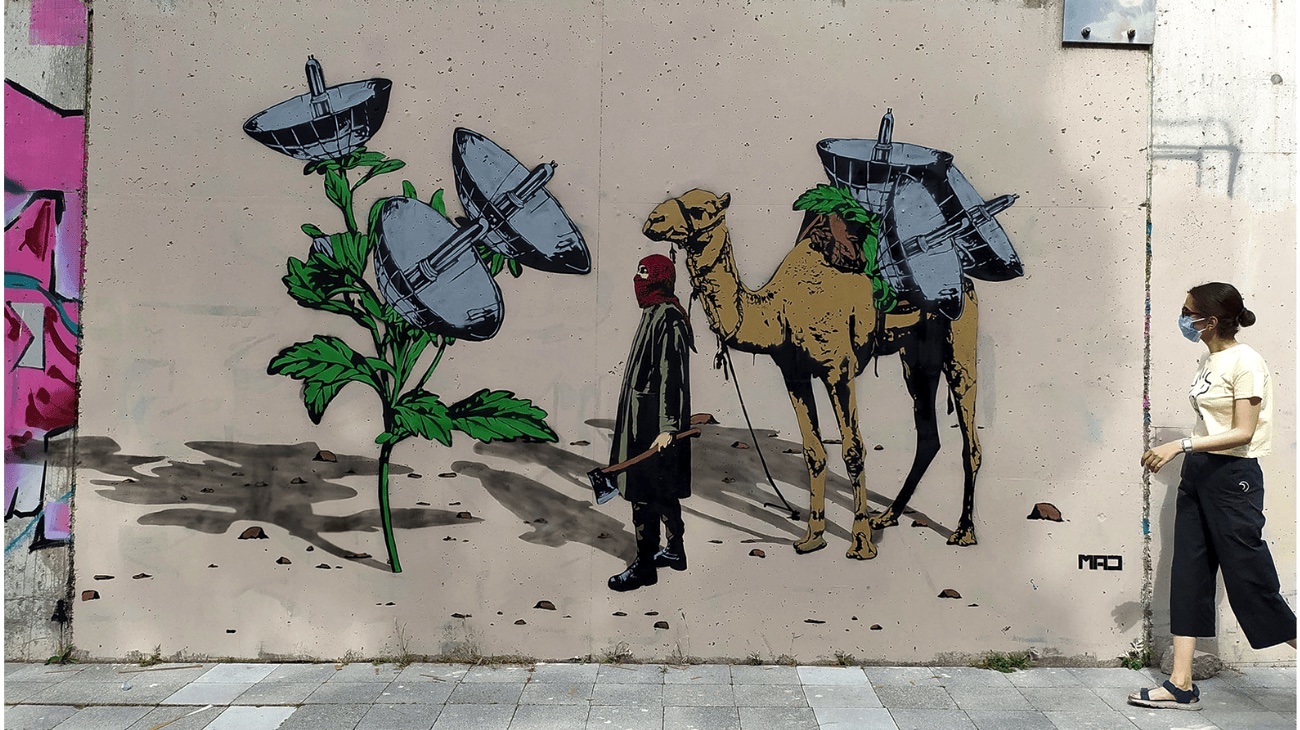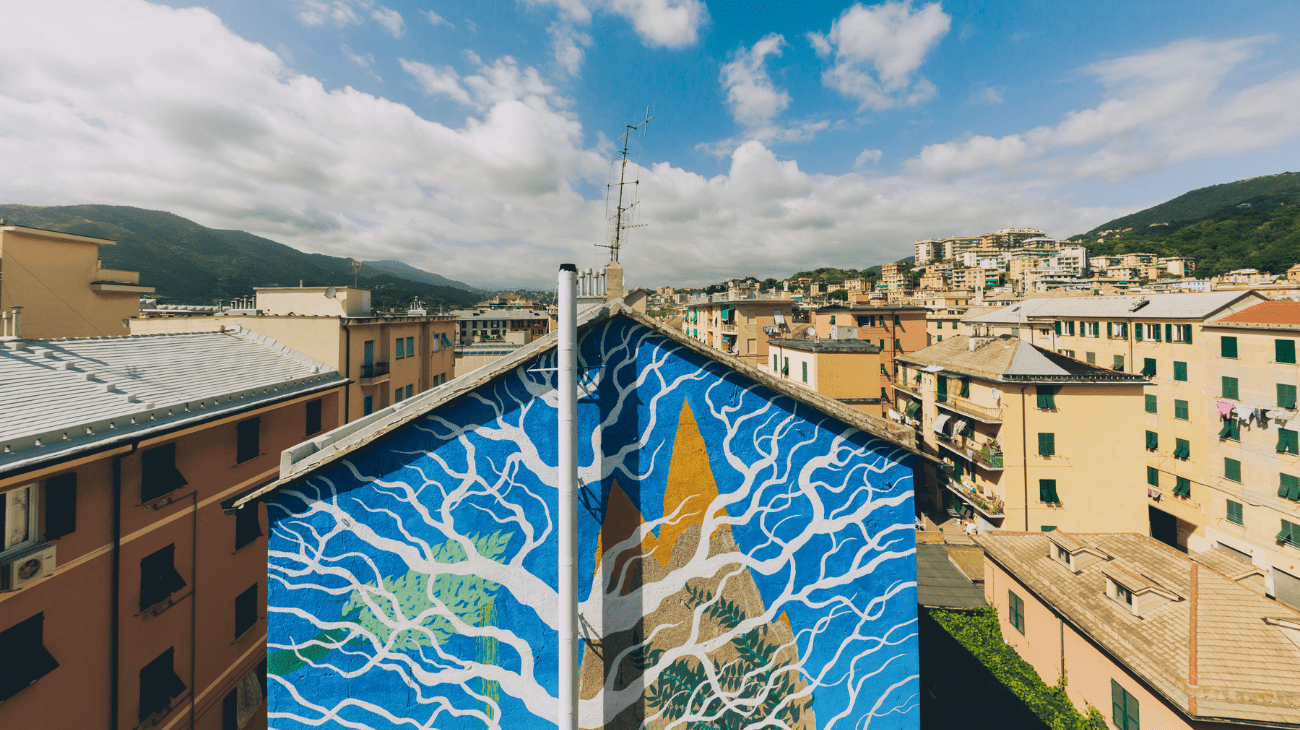
GOLA HUNDUN I/II
Interview with Italian painter and muralist Gola Hundun:
My desire is not only to make people think but also to encourage them to have an active, reactive position, to make conscious choices for the present and for the future. I mean, in this regard, to stop being passive consumers of the real world or to do one’s part in the give-and-take cycle.
You are an artist and muralist, and your work focuses on the relationship between humans and the biosphere, such as interspecies communication, shamanism, ecology, vegetarianism, and spirituality. What messages do you want to convey? What techniques and media do you use to visualize these relationships?
For me, it is essential that the drive to create a new work comes from the desire for communication and is an invitation for reflection, even if sometimes my language is a bit cryptic. The intent is to make the individual reflect on their position towards the well-being offered by contemporary society, to ask themselves what well-being, comfort, and price one actually pays for it in terms of personal freedom, mental clarity, and, above all, costs for the planet-system.
It is, therefore, a push to reflect on the fact that we humans have created our world – the city – parallel to the natural world, which, however, is governed by different laws. The world of nature is in fact seen as a reservoir of resources, a moment of leisure from the former and little else, so much so that most of us are unable to return to the natural world and consider it as a habitat; indeed, it identifies us as an alien. I call the natural world the real world.
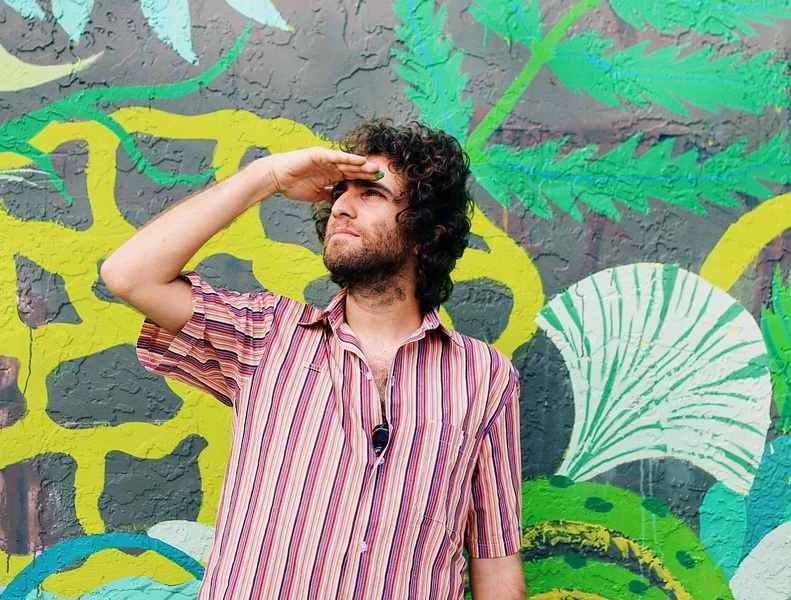
Photo by Diana Larrea
The aim of my work is to encourage the consciences of my peers regarding this separation that has weighed on the human system in these remote times (today, further catalyzed by the creation of the virtual world in which we spend most of the day). It is also the main reason for the lack of empathy on the part of us humans towards other animals, plants, and everything that exists outside us, as well as the lack of awareness of the interdependent relationships that exist between all living beings.
My desire is not only to make people think but also to encourage them to have an active, reactive position, to make conscious choices for the present and for the future. I mean, in this regard, to stop being passive consumers of the real world or to do one’s part in the give-and-take cycle. That’s how I try to live too; my approach to doing is exploratory. I try to change my artistic sign as I transform over the days, over the years. In terms of media and techniques, I like to wander, experiment with languages, surfaces, and shapes as they appear to me along the way and how I think it is more effective.
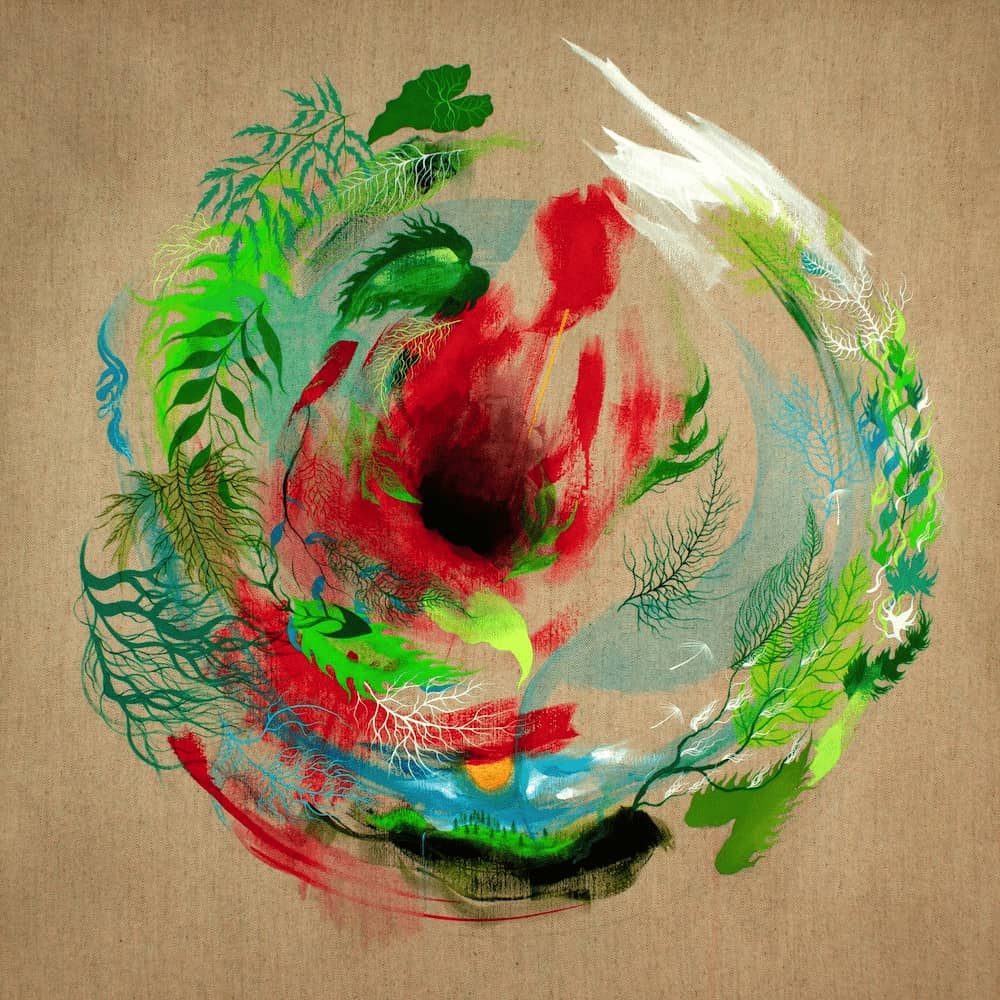
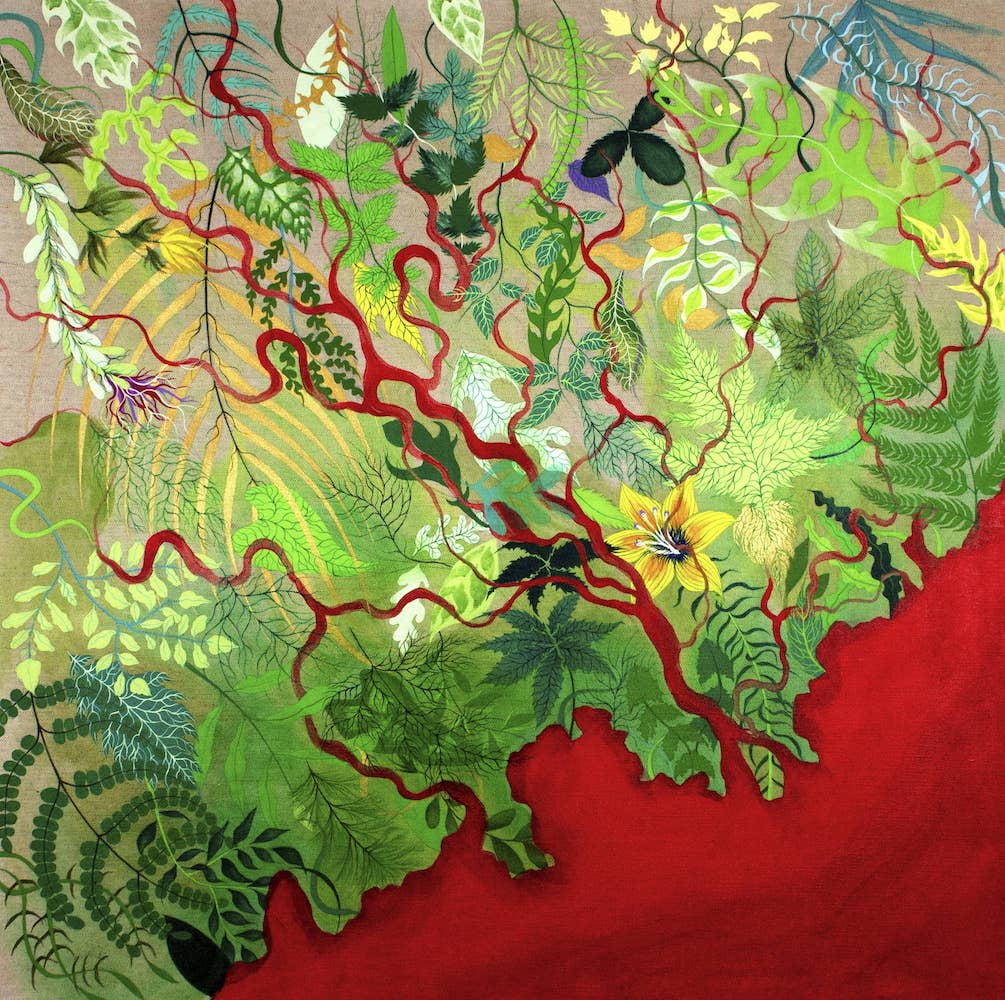
You attended the art school in Ravenna for classical artistic training, and then you graduated with a degree in fine arts from the Academy of Bologna. After your studies, in 2004, you moved to Barcelona, travelled the world, and took your artistic career global. What prompted you to return to your home country, to turn your back on galleries and the established world of art, and go out into nature?
Of course, spending my time in daily contact with nature and adventure has always been necessary for my balance and my inspiration, sometimes even just in fantasy. However, I don’t think I have severed my links with the world of galleries; I consider them a portal. Sometimes it is difficult to communicate, I admit. In fact, I’m waiting for the right interlocutor to present himself, the right gallery to create together a lasting dialogue capable of catalyzing my research. It is a combination that, with the means of communication at our disposal today, could be developed from any part of the globe; perhaps also, for this reason, I have chosen to return to my homeland. As much as I like the movement and the stimulation of the multitude, I believe that life in the city is aggressive and, in the long run, alienating. I had started to feel oppressed even in a small and fun city like Barcelona (also for sentimental reasons). I grew up in a small seaside town. Dynamism is fundamental for me, as is water, space, and short distances. Right now, I’m writing from a small house near a wood, which allows me to have daily contact with nature, as well as offering me a testbed for certain experiments with plants, nest sculptures, etc. Another strong reason that made me come back is my new artistic project, for which I knew that here I could move better both in terms of the work network (musicians, videomakers, photographers) and in terms of the elements of investigation (the ruins recolonized by nature). The project is called HABITAT and deserves a separate study. All that being said, I can’t wait to travel again!
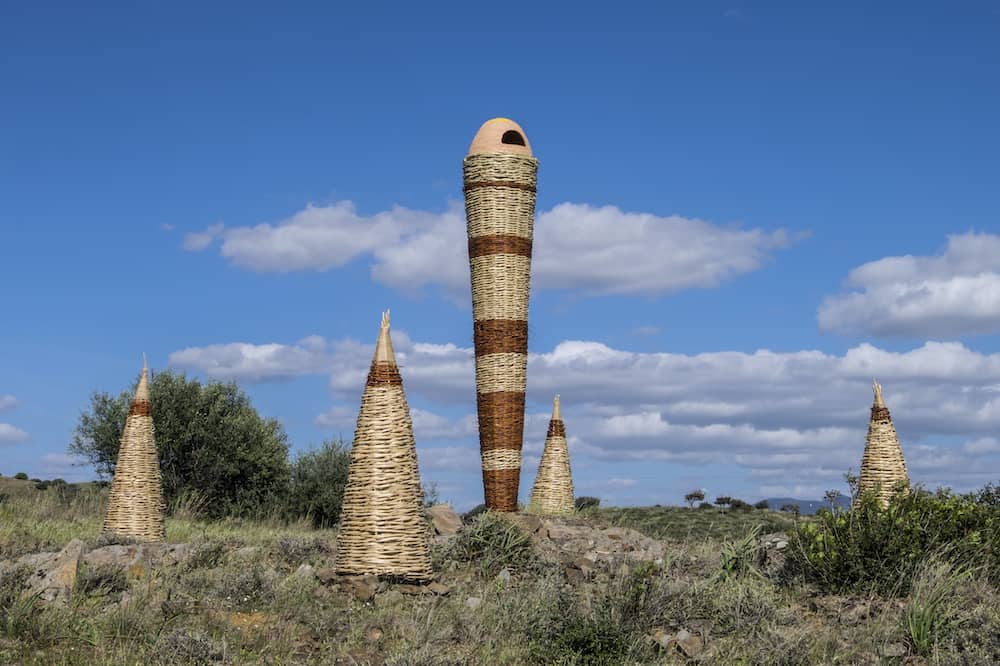
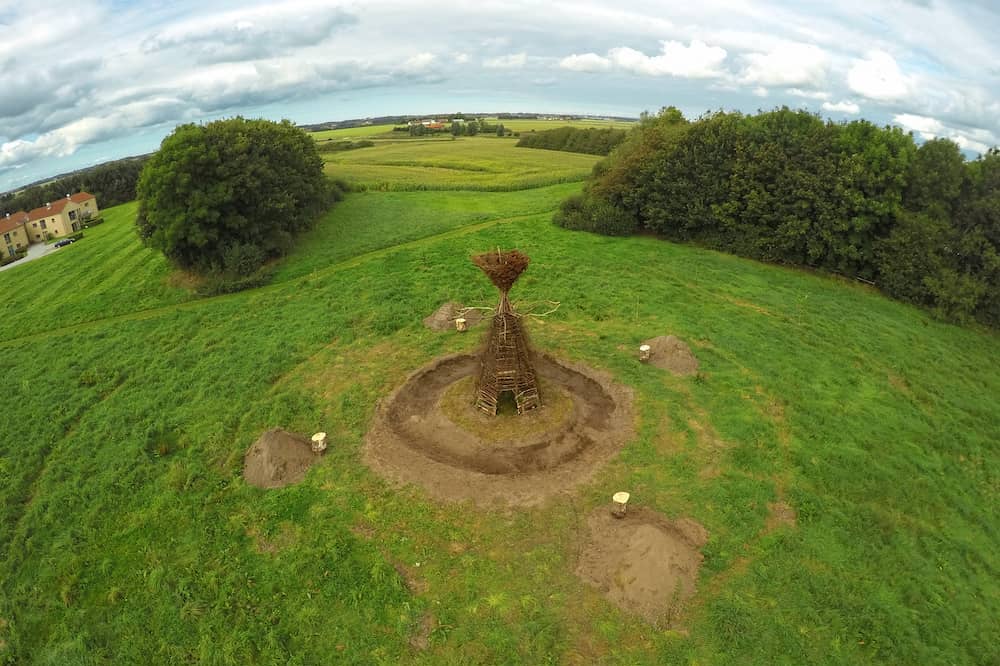
Barcelona was also the city that brought graffiti influences back into your work and where you decided to bring your creations back to the walls of the street. What was the impulse? Why did you choose the public space as a work and exhibition environment?
Like all great discoveries and adventures, it all started randomly. I ended up in it like a euphoric and enthralling dance. Once inside, I understood its potential. That scene that began to be called Street Art was very different from what it is today, and in the specificity of Barcelona, then, it was it was characterized by exciting sharing and free experimentation. It was easy to make that choice, and meeting Pyu (ex-member of the ONG Crew) was my dive vector.
Working in the real world, in the physical space, had (and continues to have) a social sense: it allows you to have a direct encounter with the most disparate human types of use, and therefore not strictly with “experts”. It was exciting and had a much greater communicative power; in addition, each time, it was (and is) an adventure that started from going to do and came to meeting and sharing. With the passage of time, the space of reality and its inhabitants have assumed an increasingly important role in my poetics.
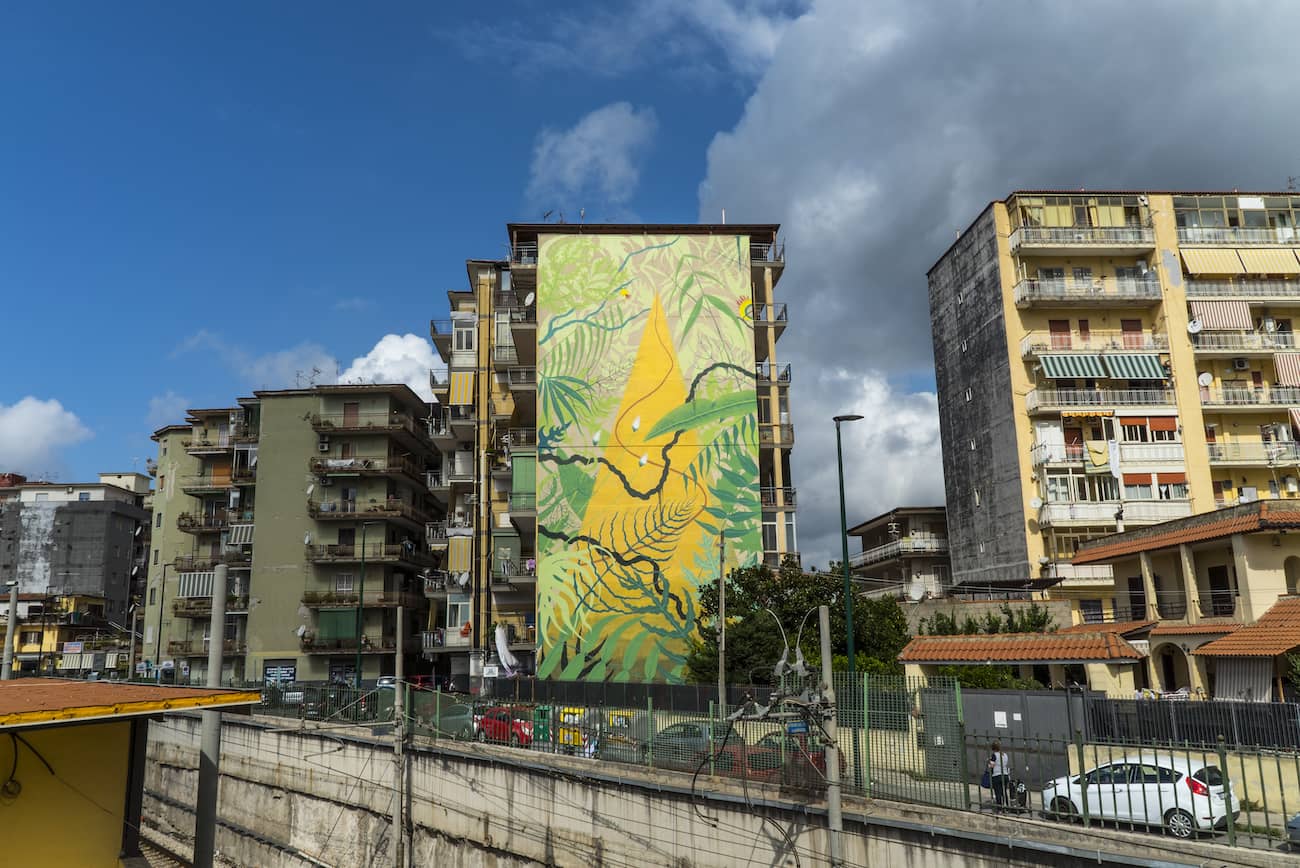
Would you describe yourself as an urban artist or as a land artist? Do you see a clear separation between the two?
Looking at the last few years of the past decade, I realized that there is a sub-trend that wants to make these fields converge, and I feel I am part of this movement. Personally, already from my first more or less wild productions in public space, I timidly tried to hybridize muralism with installation and then land art. These are pieces that I care very much for, because of their courageous and somewhat irreverent character, but which are not unfortunately among the best known in my production, perhaps also due to the documentation and not too accurate dissemination of those years, but hey. For example, the 2006 Cappix project comes to mind, the bulwarks with confetti or with substantial parts that came out in the third dimension from the wall, sometimes generating walkable spaces such as that of the legendary INFART III, one of the best festivals I have ever participated in. From there, I continued to experiment with this hybridization, albeit in a discontinuous way. Today, for me, the installation/land artist side, in addition to having its aesthetic reasons, increasingly has the function of helping me to generate spaces, microworlds, which can be used by other species as a refuge, as sustenance, or otherwise enjoyed (above all in the works within urbanity) to further increase the meaning of my work, which is that of coexistence and sharing, of the breaking down of the border between human and non-human space.
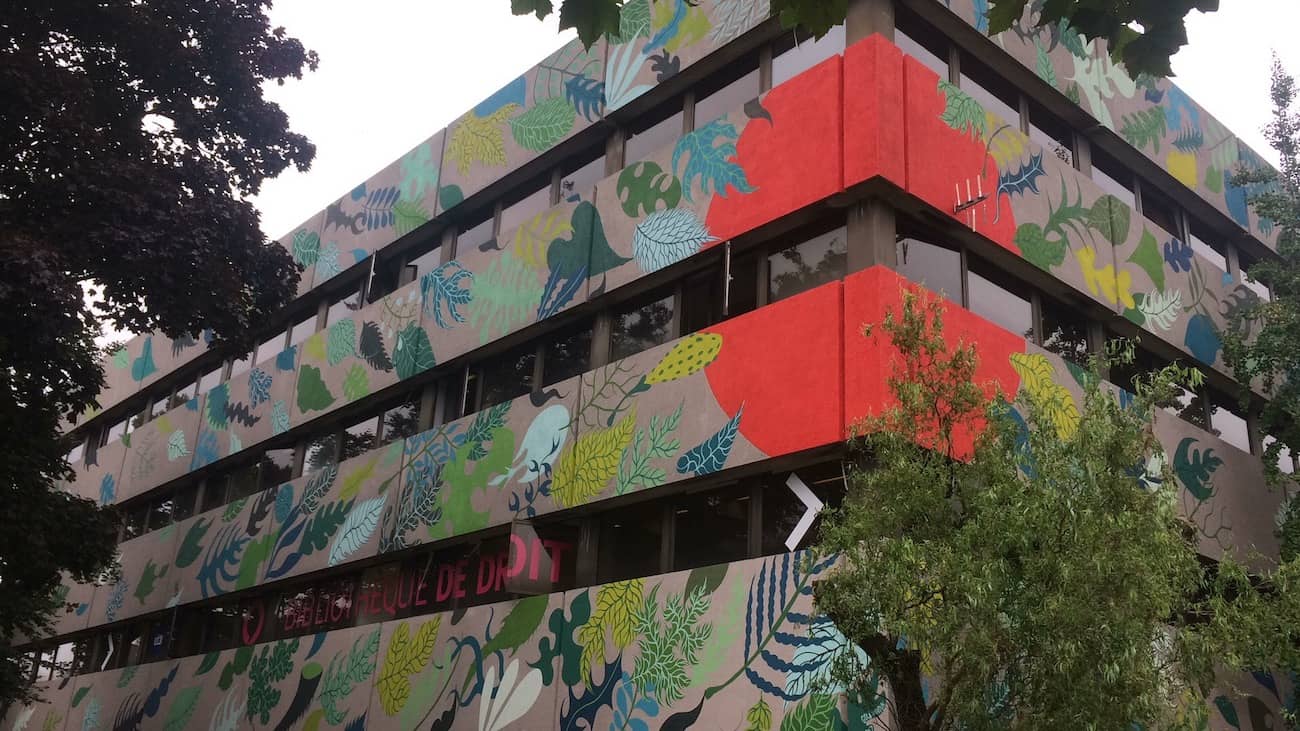
Your work always contains allegorical interpretation and combines a variety of different influences such as post-human culture, sacred art, zoology, and psychedelic art. What are your sources of inspiration? Are there other artists who inspire you?
Trying to answer this question is always very difficult for me. I am fascinated by masters who investigate similar fields, as well as by others whose answers and areas are totally opposite. I am stimulated by the sense of absolute and amorphous of Burri or of his friend 108, as much as I am by the poetics of Hundertwasser, the light of Turner (which I would love to see again), or the worlds of Hieronymus Bosch. I have great respect for the work of Waone and Aec (ex Interesni Kazki duo) and the master Blu (perhaps his first strong and inspiring contact with street art in 2000 during his studies in Bologna).
When it comes to sources of inspiration, I cannot fail to mention the irresistible fascination with rock art from all over the world and for what it represents (i.e., a world where there was still no distinction between animals, men, trees, and spirits: a soul world where beings could transform themselves and you never knew if it was a god, a rock or a human being). I also think of the jewels of that world that were made of materials that belong to the earth; I think of the solutions of the Celtic peoples for whom the forest was home and temple and of the ancestral primitive nomadic world and the forms of primitivism. Primitivism that becomes futuristic in the works of Tissue Culture and Art (although I have lost track a bit lately) … and again the forms and forces of the architecture and the paintings of the places of worship, the Nuragic wells, the Hindu temples, the abandoned churches, the sumptuous cathedrals, up to the drawings of dreamy videogame developers like Another World or Journey, the writings of Gilles Clément and of course the music … the music, yes, the music … but that’s another story … I miss making music. I always hope to start over … maybe this year I will have the opportunity.
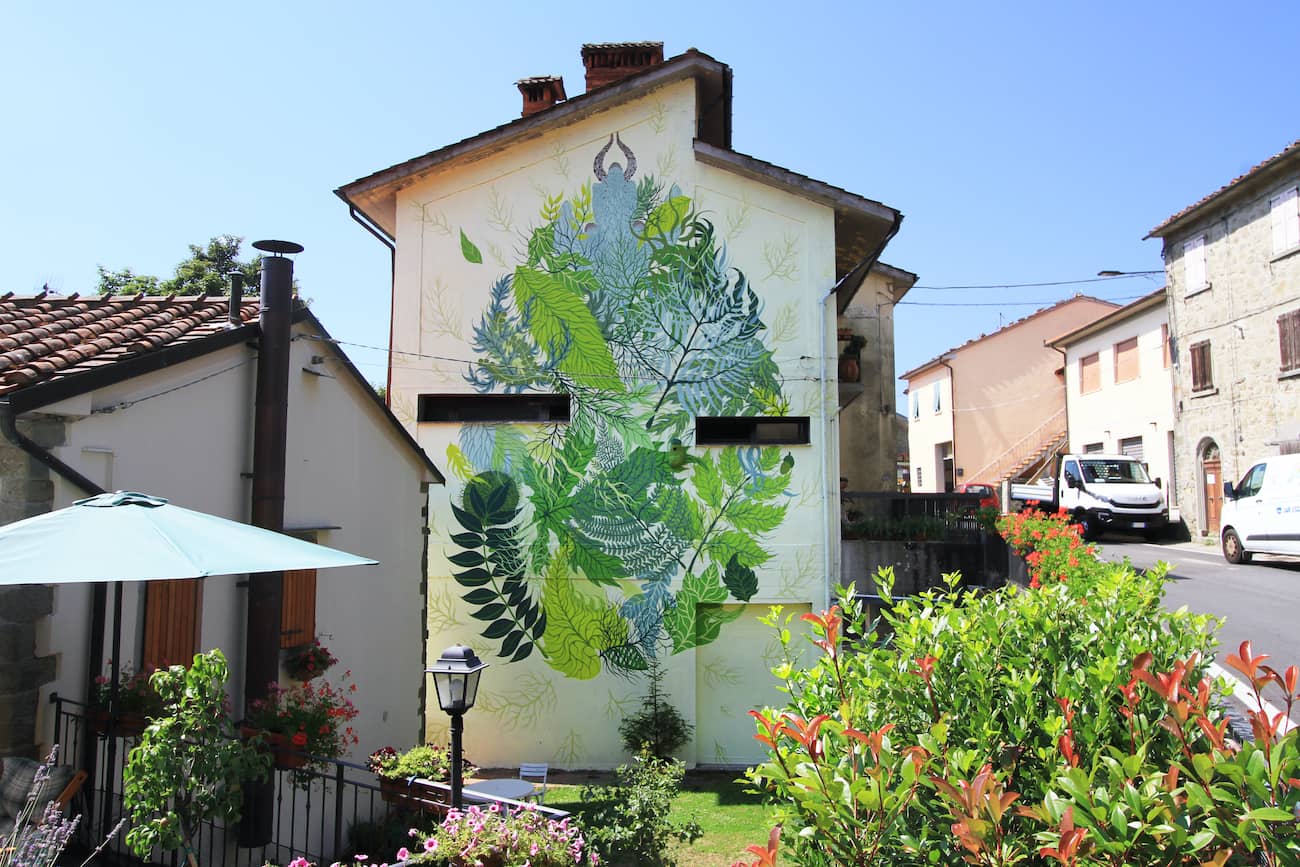
With your work you have experienced and observed, for more than a decade, the complicated relationship of human beings with the earth. What are the insights you can share with us? What is your personal vision of the relationship between man and the biosphere?
I warn that in the era of globalization we are experiencing, the system has managed to inculcate the same acquisitive needs in all the inhabitants of the planet and has done so in a widespread manner, from the citizen of the “first world” megalopolis to the nomad of the savannah. In the same way, popular culture has become very standardized, with the double-edged sword of social networks that have made a lot of information flow where it would otherwise not have arrived, while at the same time influencing status symbols and ideas of the winning figure in society, flattening its canons, especially in the new generations where the gap opens more and more between perhaps introverted super sensitivity and total superficiality. We know the thirst for comfort is what the global economy is based on, and it weighs on older generations as much as it does on millennials. This tsunami, in my opinion, has hit everything without taking into account the specific evolution of different societies (both in terms of structure and culture). The big picture is that it is being destroyed to tap into, to create, and to sell objects that will be abandoned on earth as waste. It is as if different continents are living in different “evolutionary” times that have to deal with the impositions of the market, which is like a higher level equal for everyone. This creates even more imbalances, but it massifies the results. It is sad to see that representatives of different ancestral cultures aspire to be similar to emblems of younger and capitalization-based cultures, perhaps the same ones that colonized them first with weapons and then with consumer goods (I recall this feeling by observing a group of men when I was painting in Painted Desert on the Navajo reservation in Arizona). People who lose their roots, their specificity … The societies that until yesterday lived in close contact with nature and knew its movements, absurdly, today are among the most polluting because they aspire to become similar to the models imposed by the global economy and tend not to evaluate or know the effects of the “disposable” mode that has already thrived in the first world, where it has already had a devastating action.
In the so-called first world, at the popular level, there is a lot of sensitivity to the discourse of ecological sustainability, although the large goods factories already use the banner of organic products to wash their brand and continue to thrive in the logic of global exploitation. A good vegan today is not necessarily sustainable (if the Pythagoreans knew it!); however, the new generations, albeit in the great confusion of this moment of human evolutionary transition, are generally very informed and attentive and, even if they are not all active, they are aware of living in a world no longer based on the logic of exploitation of the planet like an infinite mine. Things are changing, but time is running out. We are certainly living in a moment that is unprecedented in human history. For this, strong, joint, and immediate action on the part of everyone is required – a paradigm shift on the part of those who have so far decided everyone’s fate: the capitalist system. My dream is to recover integration with the “real world” as it was in pagan societies before the advent of the great monotheisms and their Platonic pyramidal hierarchies, with the knowledge we have today in scientific and philosophical fields.
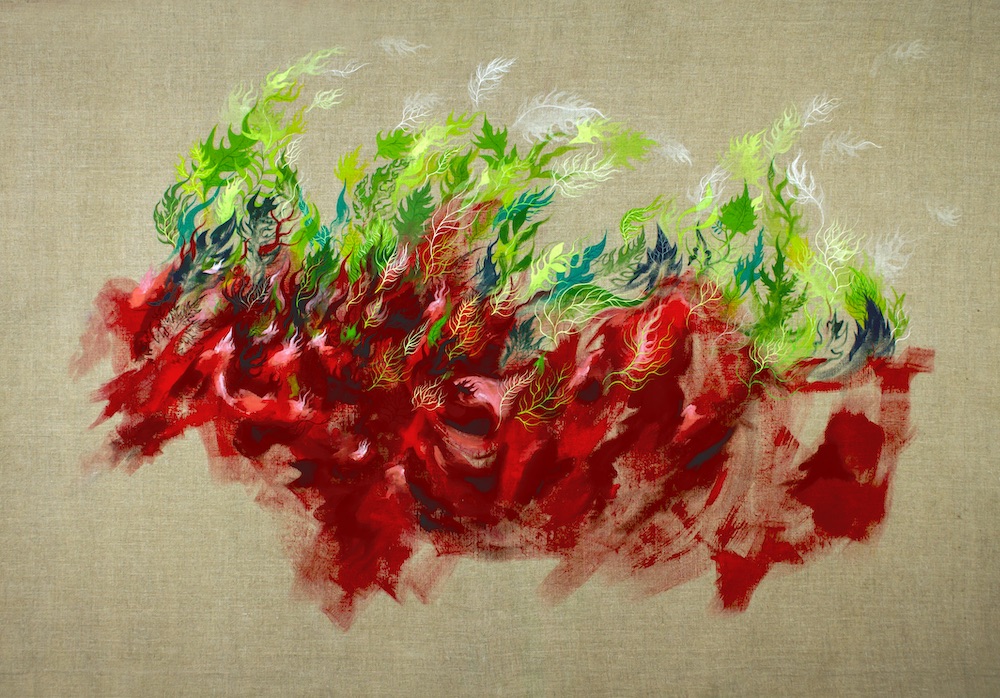
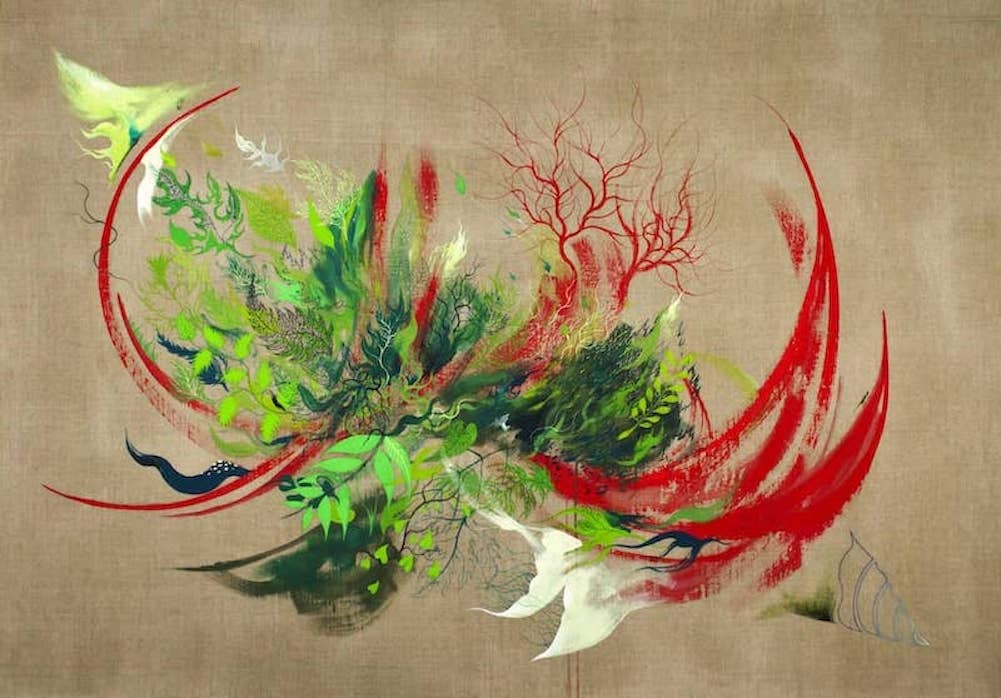
HABITAT describes “the home or natural environment of an animal, plant or other organism” or “a person’s usual or preferred environment”. Why did you choose this name for your new project, which evolved from your side project and from your personal research in ABITARE? What is it about?
By habitat, we mean the natural environment of an animal, in this case, the habitat of the homo animal, which for more than three millennia has been the city, and its lair: the house, the building. The Western world is full of buildings in a state of semi-neglect. Very often, the demolition and disposal of the same requires the use of considerable resources, almost always unsustainable by both public and private property. The result of these long waits is a gradual re-appropriation by nature of a space that belonged to it and which, in fact, gradually returns to be populated with living beings other than human beings. The objective of HABITAT is the investigation, study, and formal research of this phenomenon read as a natural artistic process.
HABITAT aims to describe a vision of life in the anthropic space after the end of the Anthropocene. The fields of investigation start from an aesthetic analysis supported by photographic and video documentation that is continuous over time and does not stop at the moment of the artistic intervention but proceeds in conjunction with the spontaneous growth of the fauna and vegetative elements. The artistic intervention is conceived as a small gold-colored sign to emphasize and enhance the magical and sublime character (of which the gold color is a symbol) of the ready-made, made by nature itself.
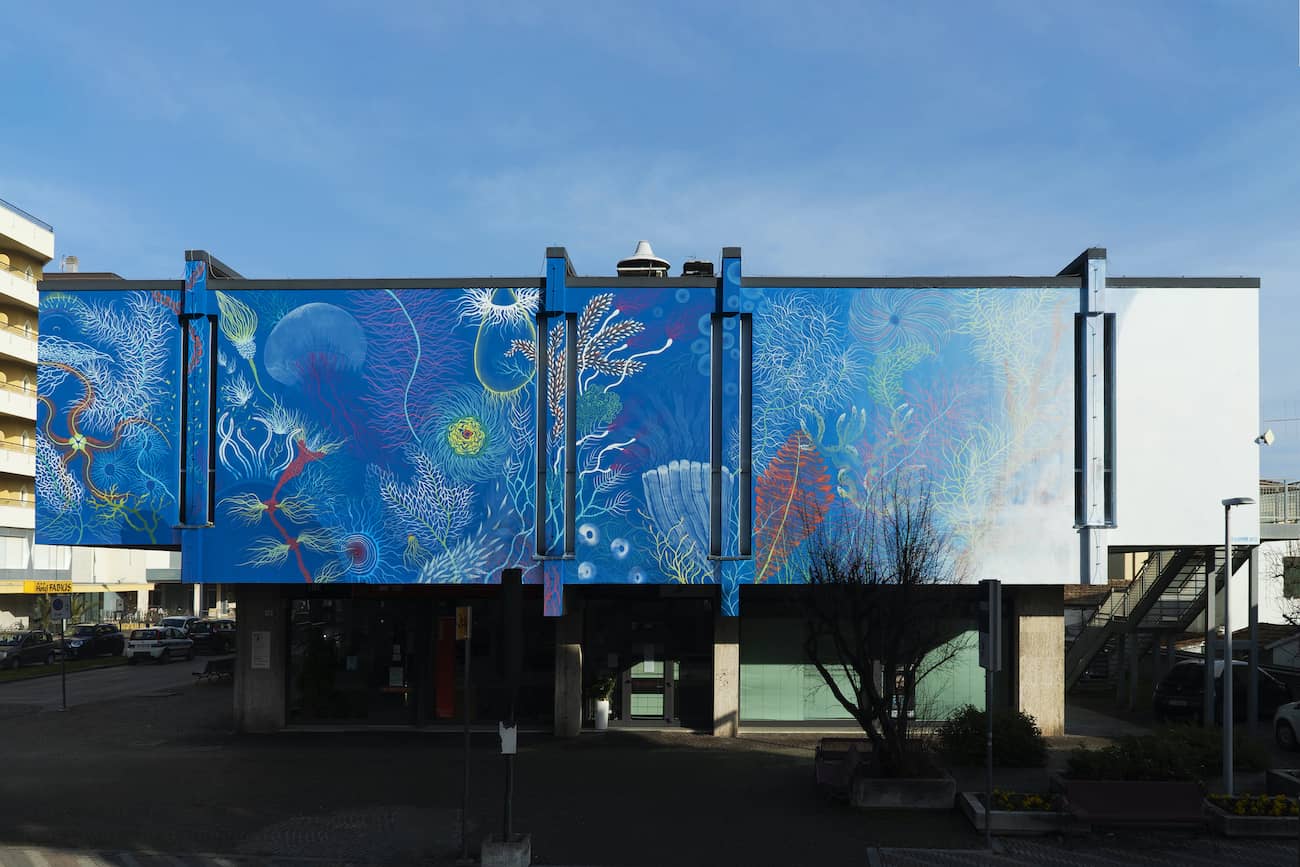
_______________________________________
Pictures © GOLA HUNDUN
February 2021


